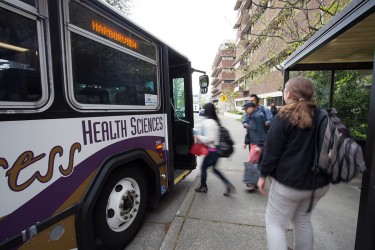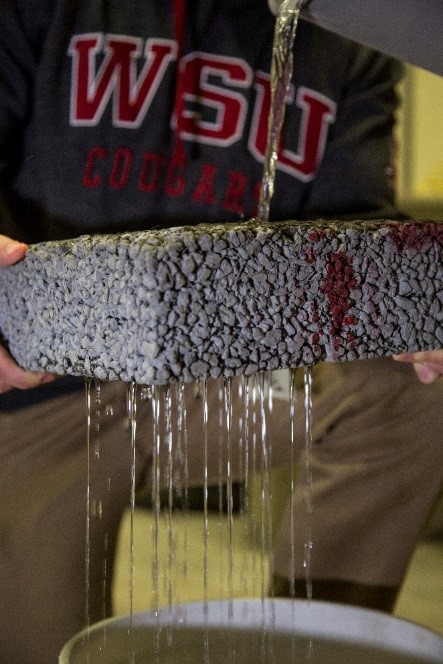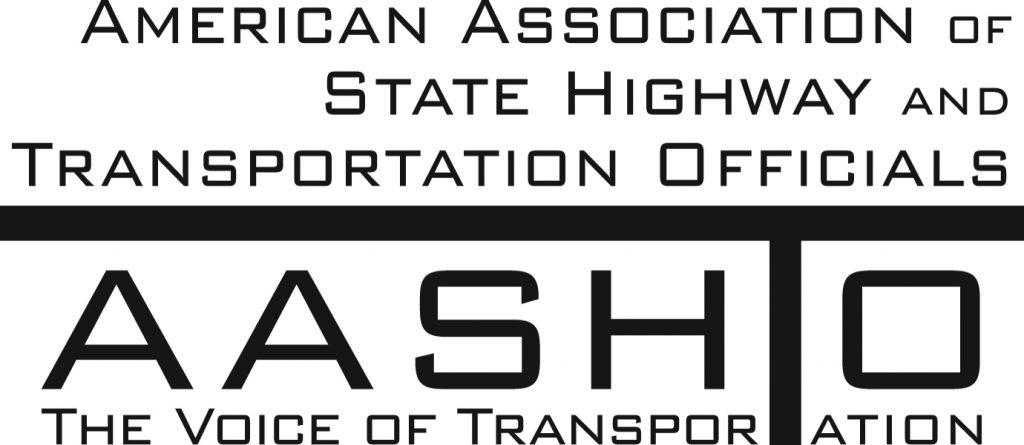PacTrans News
-
January 21, 2016
Researchers from PacTrans Test the Feasibility of Utilizing Bluetooth and Wi-Fi Sensing from Mobile Devices for Better Data Collection Methods
When engineers build transportation forecasting models, the traditional process involves four steps:
- Trip Generation – predicts the number of trips originating in or destined for a particular traffic analysis zone
- Trip Distribution – matches tripmakers’ origins and destinations to develop a “trip table”, a matrix that displays the number of trips going from each origin to each destination. Historically, this component has been the least developed component of the transportation planning model.
- Mode Choice – analysis allows the modeler to determine what mode of transport will be used, and what modal share results
- Route Assignment – concerns the selection of routes (alternative called paths) between origins and destinations in transportation networks
Once the engineer has complete these steps, they can build an invaluable forecast to guide policy, planning, and infrastructure development surrounding our transportation systems. Read More
-
January 21, 2016
PacTrans Researchers Works on Recycling Scrap Fiber into Permeable Pavements Sponsored by Boeing
In his paper titled, Paving Paradise: The Peril of Impervious Surfaces, Lance Frazer eloquently articulates just how much of our country consists of impervious surfaces: “In the United States alone, pavements and other impervious surfaces cover more than 43,000 square miles—an area nearly the size of Ohio.” Read More
-
January 7, 2016
PacTrans at the AASHTO 2015 Meeting
PacTrans representative Maria Bayya attended the 2015 Research Advisory Committee/TRB State Representative Meeting hosted by the American Association of State Highway and Transportation Officials (AASHTO) in Portland, Oregon this past July.
-
January 7, 2016
Director Wang Speaks to National UTC Institution Georgia Tech about Big Data and Smart Cities
This past August, PacTrans Director and University of Washington professor of Civil and Environmental Engineering, Dr. Yinhai Wang, traveled to Georgia Institute of Technology (Georgia Tech) to present at a seminar title, “Big-Data-Driven Transportation Decision Making in the Smart Cities Context.” Georgia Tech is a member of the National Center for Sustainable Transportation, a National University Transportation Center, under the direction of UC Davis. Read More
-
January 7, 2016
PacTrans Researcher and UW Student Develops Second Version of App Geared Toward Helping the Visually Impair use Public Transit
In 2013 we wrote an article about PacTrans inaugural summer interns and their development of an Android app called BusBuddy:
“The idea for Bus Buddy was born when Jinglan (one of the interns) continuously napped through her bus stop, much to Kevin’s amusement. They decided that many Seattleites likely faced a similar issue and set to work. The application they created allows users to set a GPS enabled alarm for their respective bus stops so that those who tend to miss their stop for various reasons will no longer worry about it.” Read More






